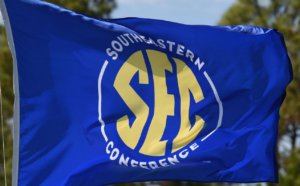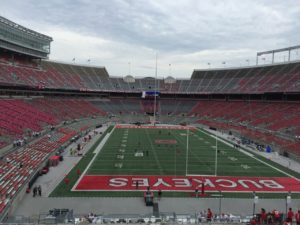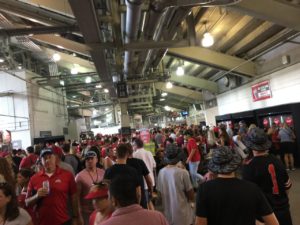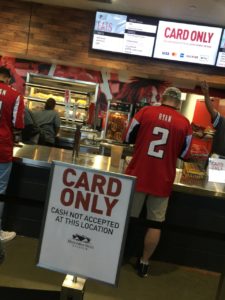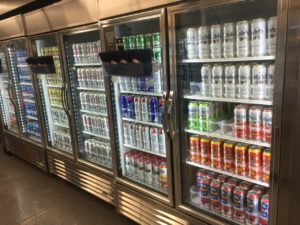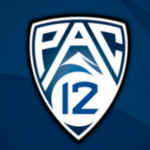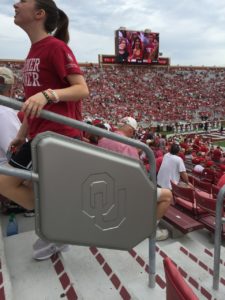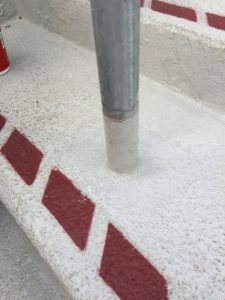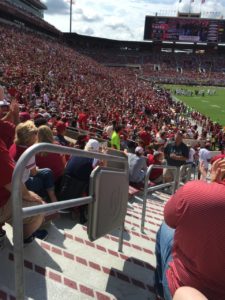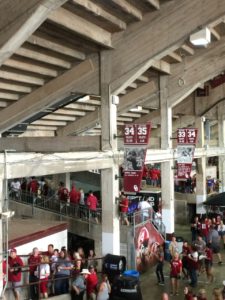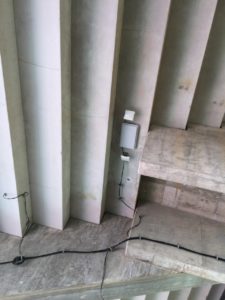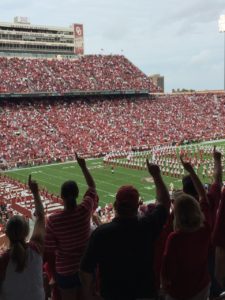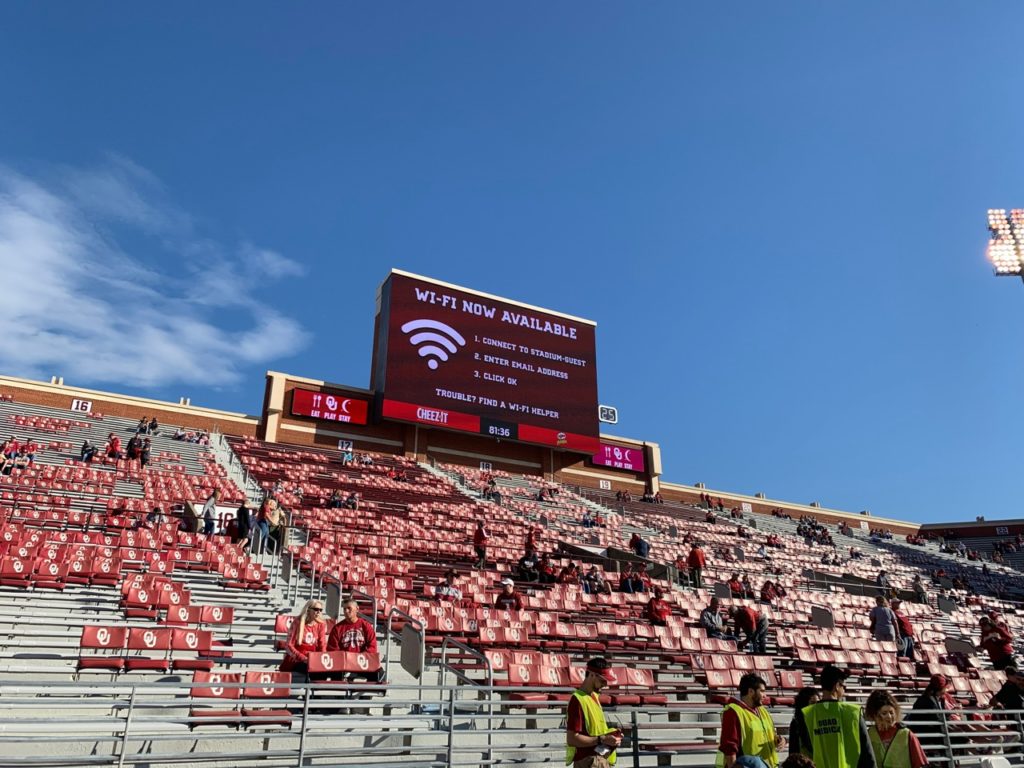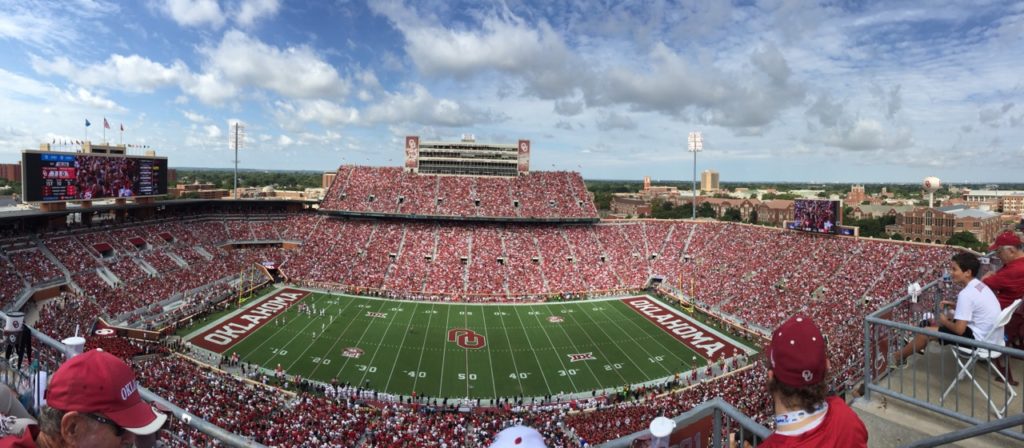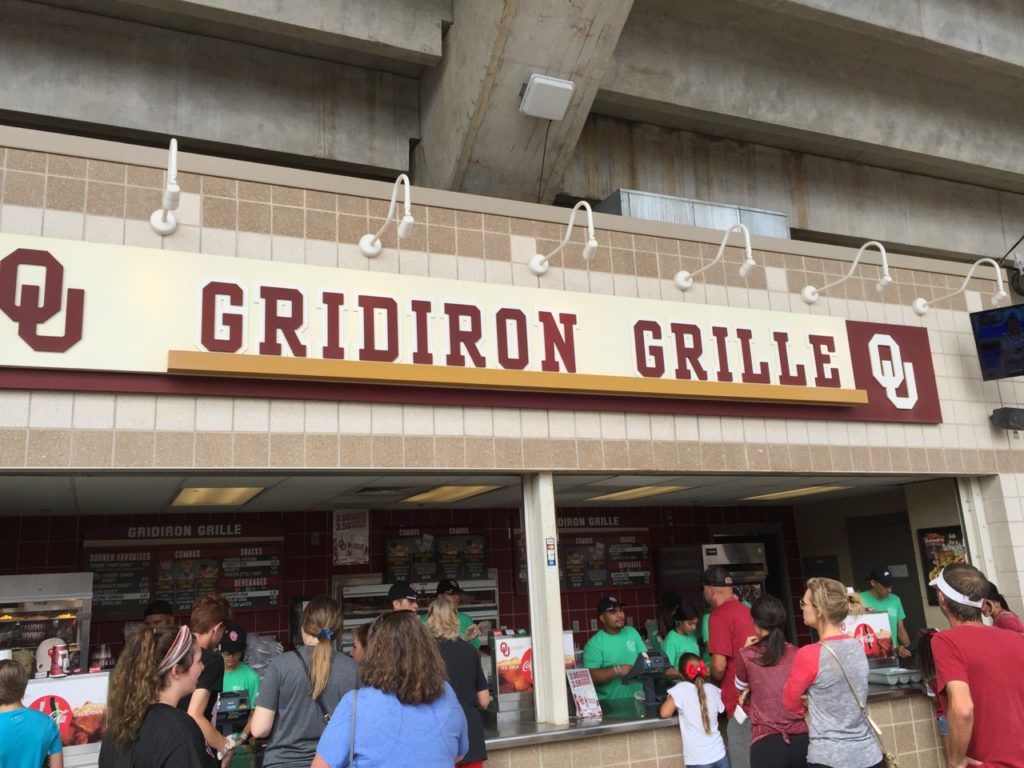The Mountain West conference on Monday postponed all fall sports, including football, joining the Mid-American conference as the first FBS conferences to rule out games this fall due to the coronavirus pandemic. And even as foobtall insiders and some politicians called for college football to be played even in the face of rising numbers of Americans testing positive for the disease, rumors surfaced that two of the biggest conferences, the Big Ten and the Pac-12, were ready to announce their own fall sports postponements soon.
Though other sports, including the NBA and the NHL, have staged successful re-openings in the midst of the pandemic, their expensive “bubble” implementations — where teams are basically sequestered in a locale without need to travel — is simply not possible for college sports, especially college football with its large rosters and the need for teams to travel to play a conference schedule while students also attend school. Major League Baseball, which is in the middle of a shortened 2020 season without a bubble, is in danger of having its season scrapped due to continued outbreaks of the virus among teams.
